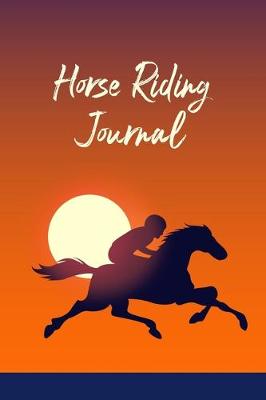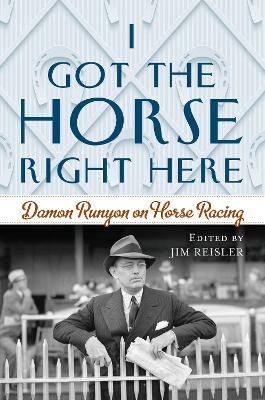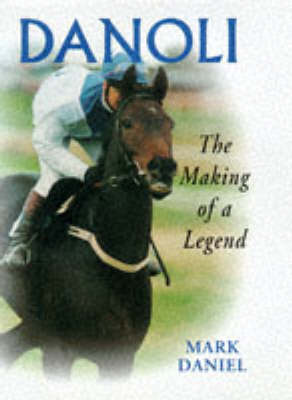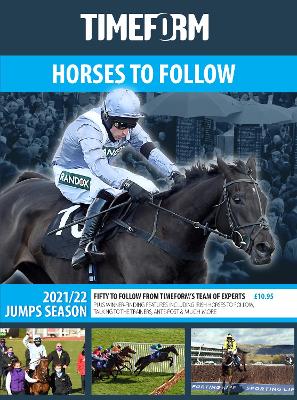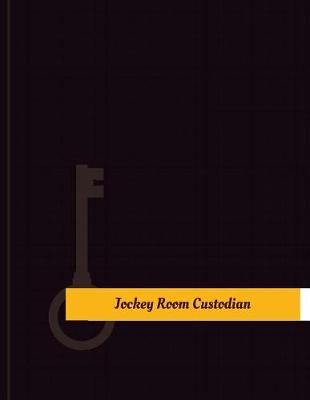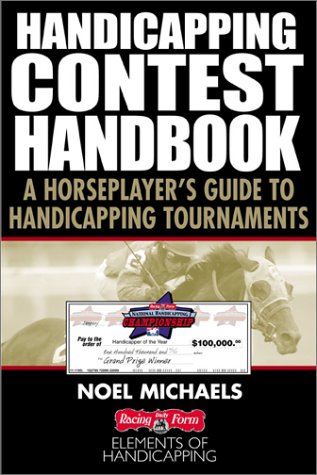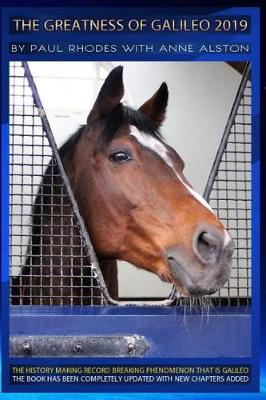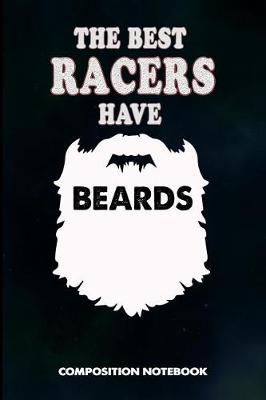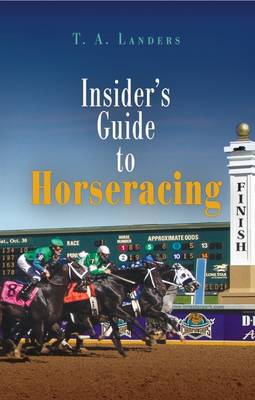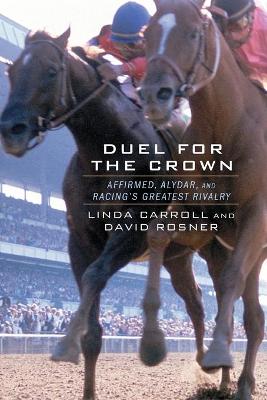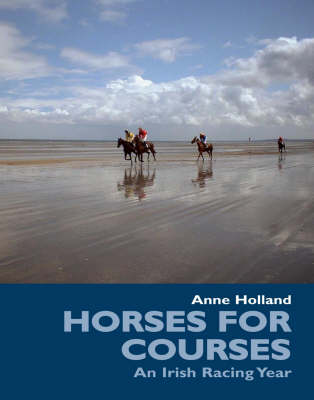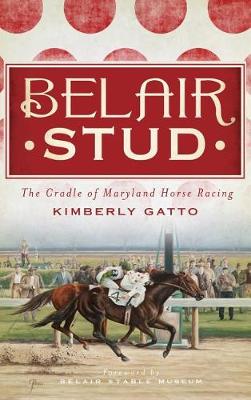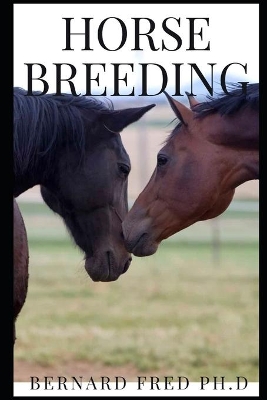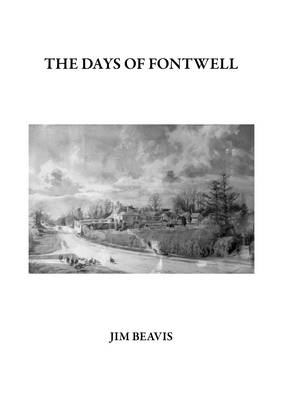Burned out by working the baseball beat for years, in the summer of 1922 Damon Runyon was looking for a new sport to cover for The New York American as a change of pace. Having pilloried golf just a few years before, he went to Saratoga that August to sample horse racing and found that "There, right in front of him, were so many of the characters he so loved from his time covering the comings and goings of the Manhattan night crowd." This was just the tonic Runyon needed to emerge from his malai...
Flat Racing and British Society, 1790-1914 (Sport in the Global Society)
by Mike Huggins
2001 North American Society for Sports History Book of the Year This volume studies the formative period of racing between 1790 and 1914. This was a time when, despite the opposition of a respectable minority, attendance at horse races, betting on horses, or reading about racing increasingly became central leisure activities of much of British society.
Jockey-Room Custodian Work Log (Key Work Logs/Work Log)
by Key Work Logs
A gripping look at the great duel between Affirmed, the last horse to win the Triple Crown-comprised of the Kentucky Derby, the Preakness Stakes, and the Belmont Stakes-and his archrival, Alydar. From the moment they first galloped head-to-head in Saratoga Springs, the two chestnut colts showed they were the stuff of racing legend. Alydar, all muscle with a fearsome closing kick, was already the popular favorite to win the Kentucky Derby. Affirmed, deceptively laid-back streamlined elegance, wa...
This meticulously researched book, for which author Anne Holland visited every Irish racecourse and met many of Ireland's top racing personalities, highlights the individuality of each Irish racing venue. Each has its own special qualities and atmosphere but all share two common traits: a warm welcome and good sport. And that is what the author believes Irish racing is all about. The country courses enjoy a huge level of support from the local population. It may be raining and the races may be '...

